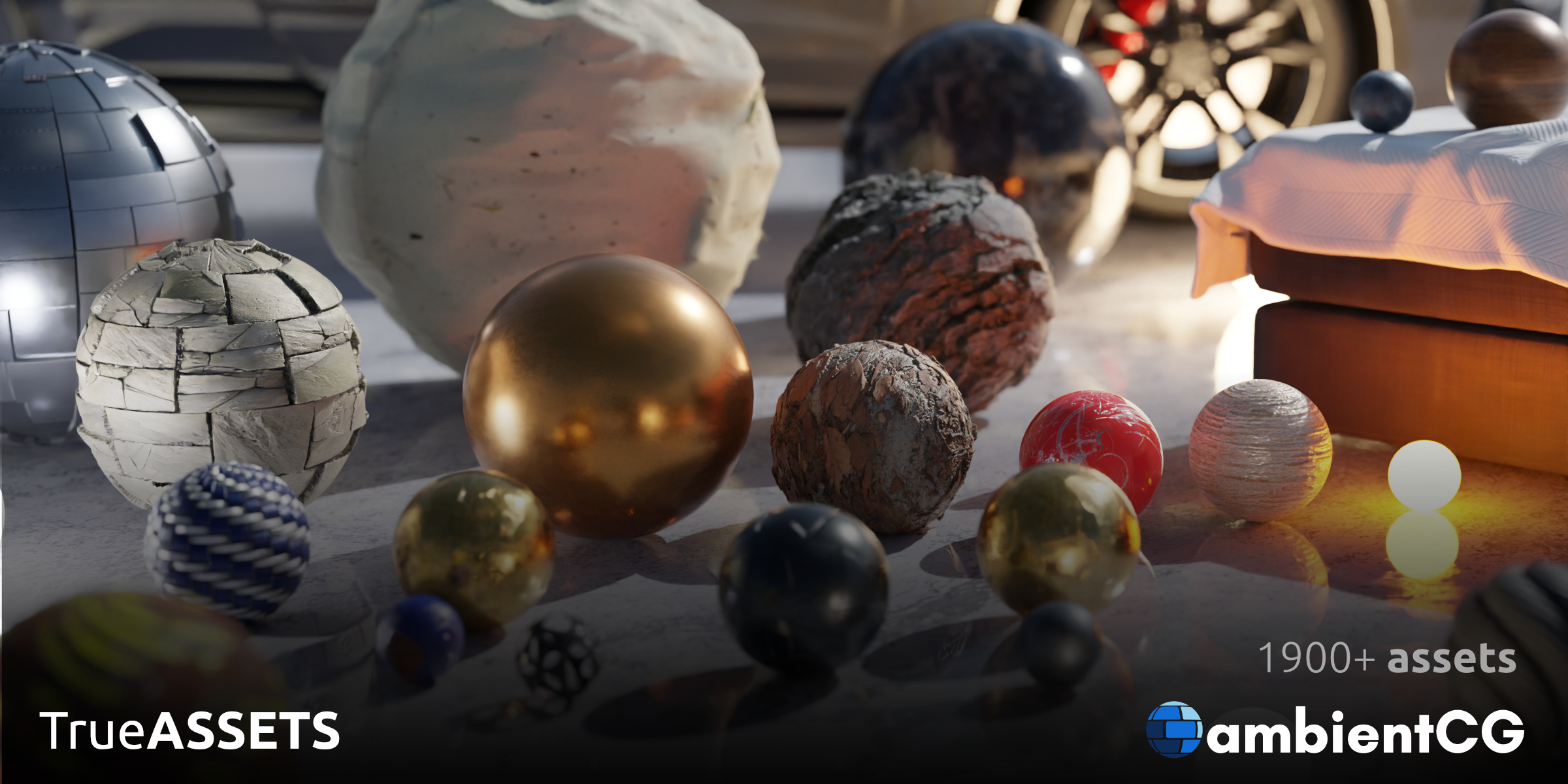For the next 2 weeks all our True-VFX products are 50% while we're running the contest. No code is needed! All products have been reduced in price. This offer will end on the 21st of June 2023.
True-VFX products are 50% while we're running the contest. Use code: TVFXCONTEST





















